
Subscribe to our Blog
We're committed to your privacy. SayOne uses the information you provide to us to contact you about our relevant content, products, and services. check out our privacy policy.

Jomin Johnson August 10, 20219 min read
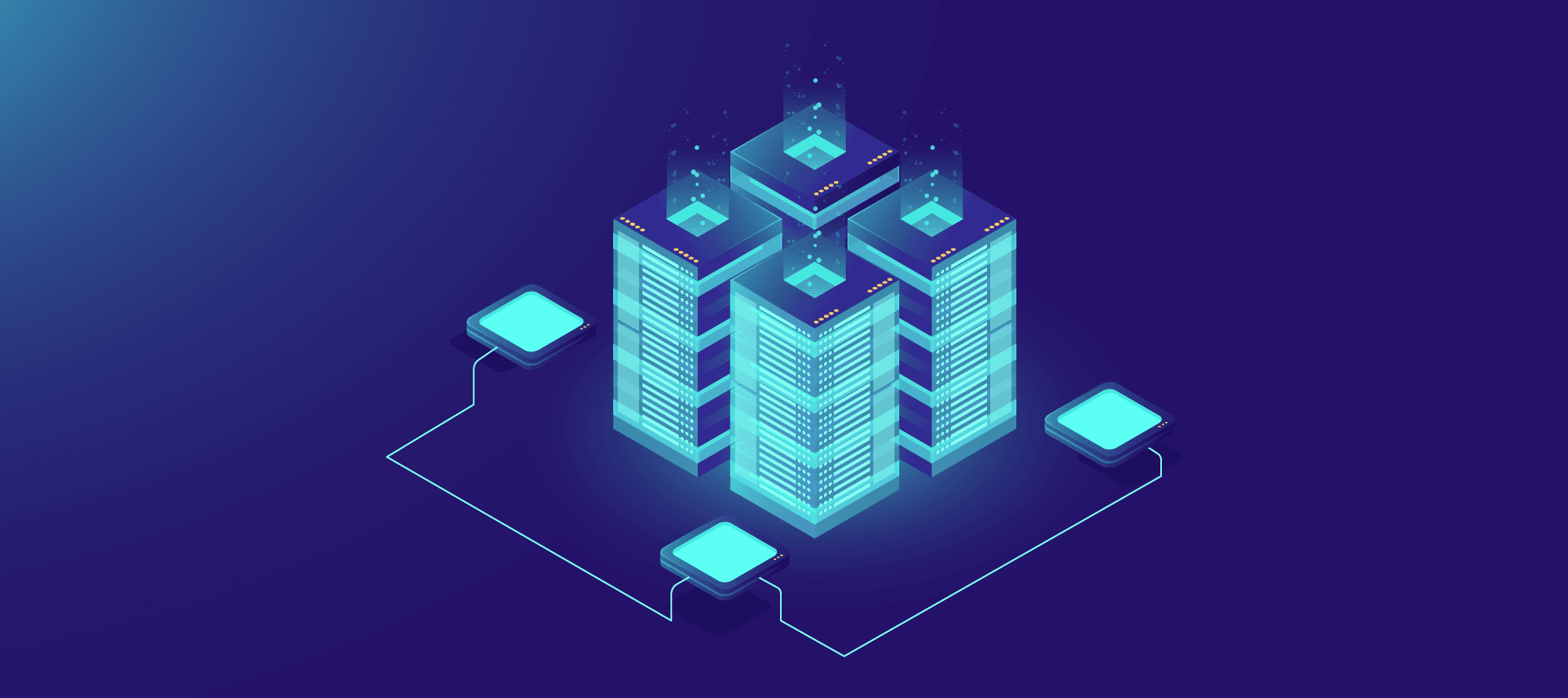
Generating table of contents...
Microservices are the latest buzzword in the industry today. The microservices concept has changed the very method of the method in which we understand and work with software packages. Whether you are an enterprise or a start-up, the decision to migrate to microservices or start with microservices is not an easy decision to make. If you have decided to go the microservices way, we will attempt to discuss why it is best to hire a microservices development company for the transition into/creation of the microservices system in your organization.
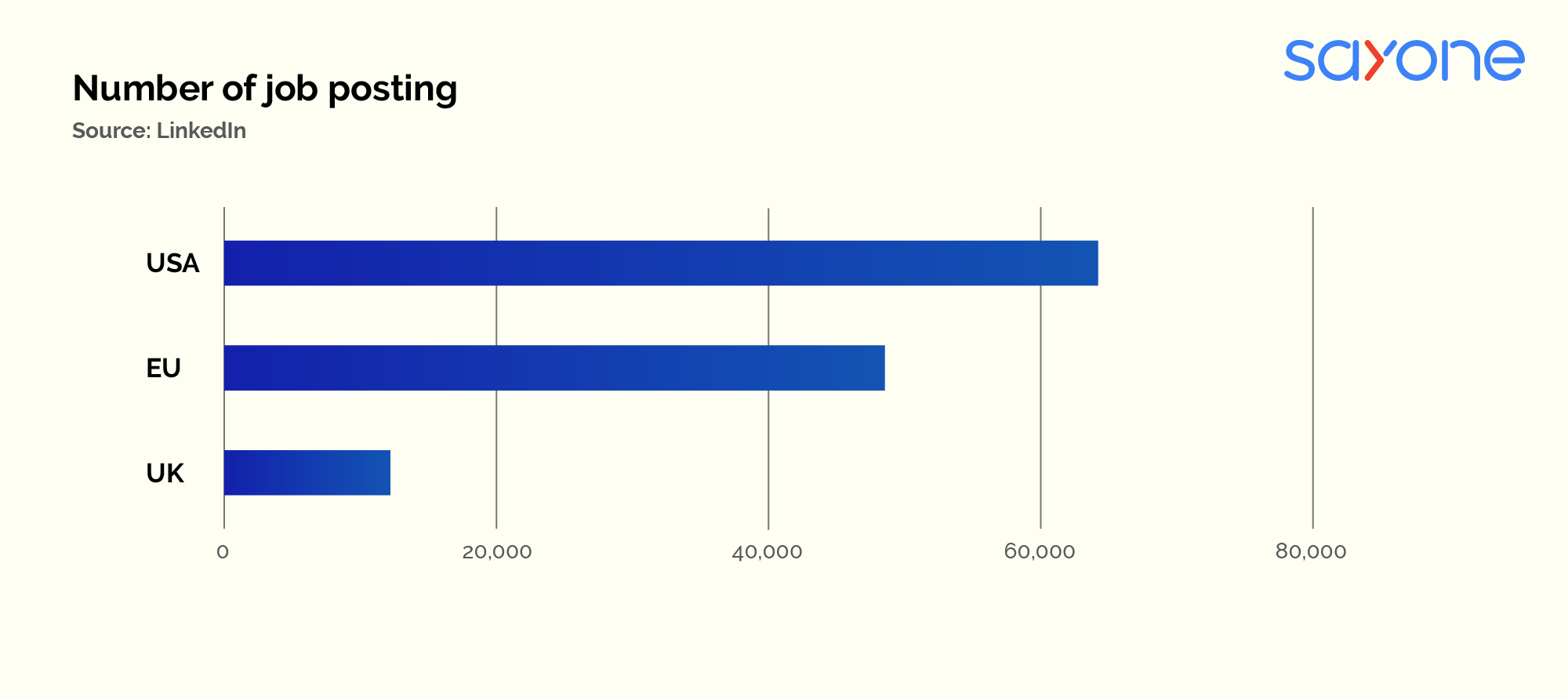
In today's IT market, agility is perhaps the best option for businesses to stay afloat. In this context, microservices is a viable option that can help companies to manage their capacities at their optimal levels and stay on as market leaders.
However, microservices development comes with a lot of overheads that may be too overwhelming for any organization. If you want to implement a high-quality microservices product in your organization, the step to finalizing would be whether to extend the in-house development team or hire a full-stack microservices development company. The latter is a preferred option for many reasons.
If you are planning to hire in-house professionals for the job, you will have to ensure that you have enough talent present in your organization and whether you can afford the time that has to be spent by them on this project.
Read our Blog, “Microservices architecture security, Best practices and patterns”
When you outsource your microservices development, there is a good chance to find IT professionals with a range of skills and diverse experience. They will know to choose the most appropriate frontend and backend technologies as well as manage and store data properly.
Each service in the proposed microservices architecture system has to be developed, deployed, and scaled independently. Therefore, it means some responsibilities have to be entrusted to independent teams and allow them to work separately. This sets the perfect conditions for availing the services of a full-stack microservices development company to do the job for you.
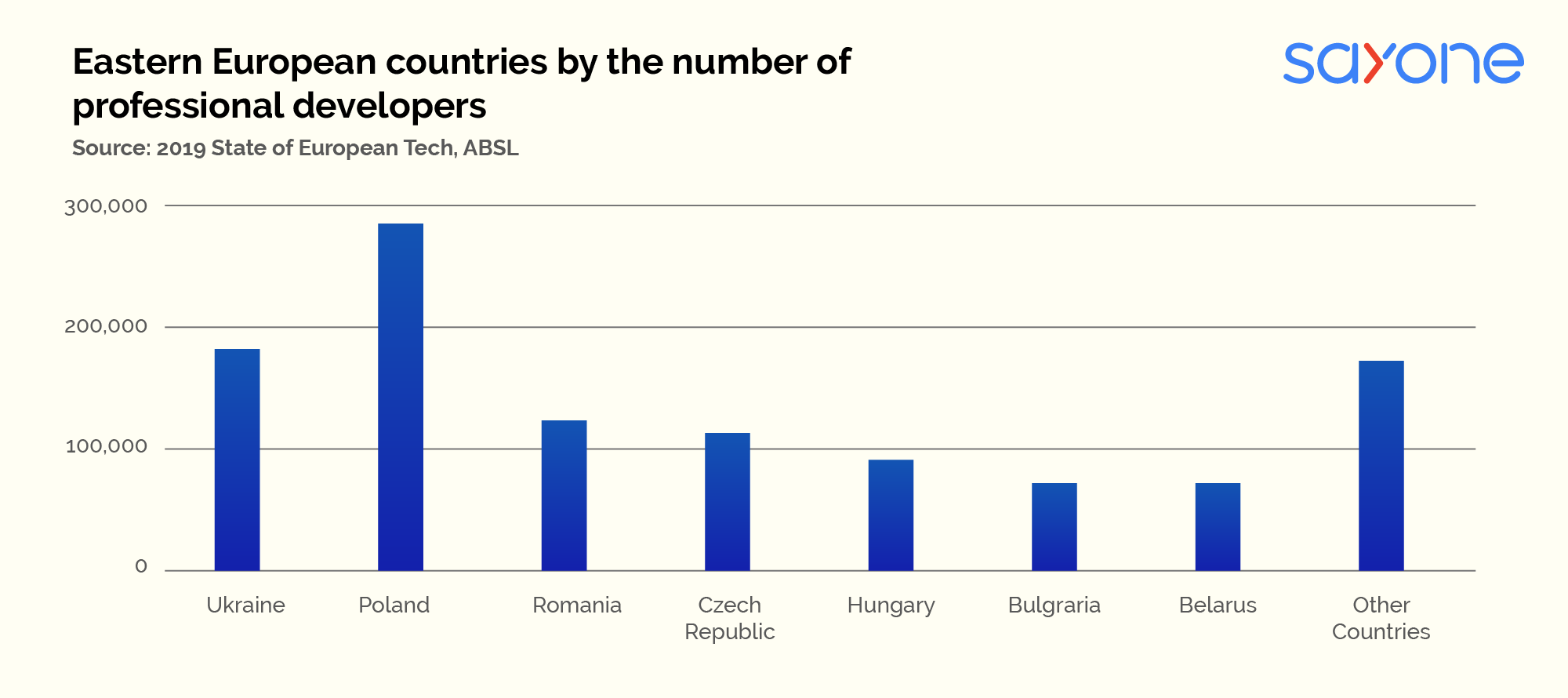 To choose an outsourcing destination for microservices development, there are some factors that you can consider.
To choose an outsourcing destination for microservices development, there are some factors that you can consider.
India is turning out to be a hot favorite outsourcing destination in the world of software development. Some of the other countries in hot pursuit of this spot are Mexico, the Philippines, and Ireland. India has managed to outmaneuver these nations and retain the top spot. This is because of the favorable government policies, fast-developing infrastructure, and a pool of IT creative professionals that provide value for the money spent.
India’s huge talent pool that is also highly qualified, nominal hiring charges, an English-speaking workforce, and significant expertise in outsourcing are significant other factors.
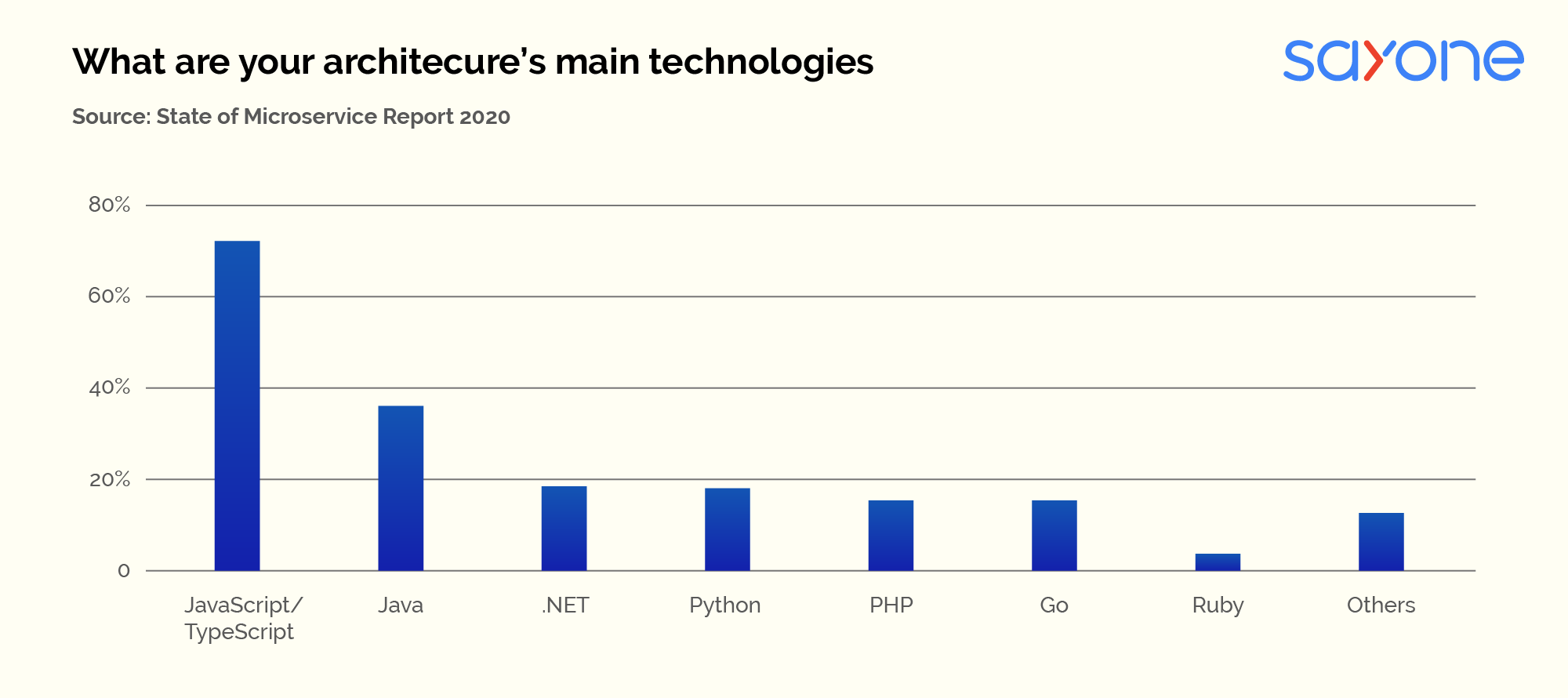 If you are looking to hire an accomplished microservices development company to set up the architecture in your organization, there are some vital factors that you should look into before partnering with them.
If you are looking to hire an accomplished microservices development company to set up the architecture in your organization, there are some vital factors that you should look into before partnering with them.
Firstly, the organization should have had previous experience of building microservices systems. Therefore, look at their technical portfolio first. They should be handling cloud-based and data projects. They should have also incorporated agility practices such as DevOps.
Each service of the microservices system can use any technology stack/language. Some of the more popular languages for microservices are JS/TypeScript,.NET, Java, and Python. Choose vendors that have expertise in these languages or whatever technology you have chosen for your microservices.
Download Ebook for FREE "How to choose the best microservices vendor and trim the cost"
Another trend that is becoming more popular is serverless technologies, wherein you rely on the cloud provider for configurations and code. This can help you cut costs and hire fewer people for the project.
The Monolithic architecture comes with centralized databases. However, for building microservices projects, experience in managing data projects is a must. Micorservices works with decentralized data stores. The data should be stored in a way that is independently scalable and should be fail-proof. Kubernetes is frequently used for data processing by microservices development companies. So look out for expertise in this area.
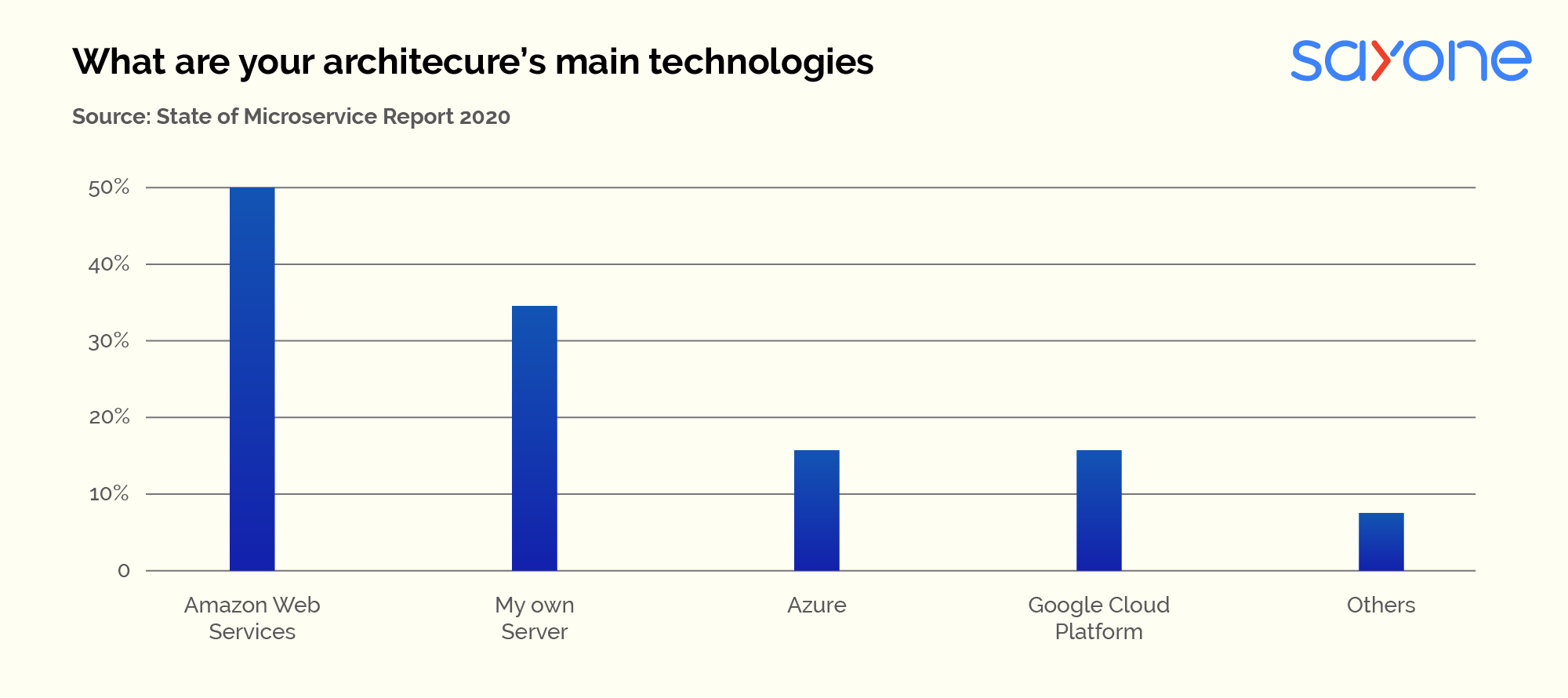 Even when you hire a microservices development company, you need to have a technical interview before you onboard the outsourced team. Moreover, it is important that you choose developers with the following listed skills:
Even when you hire a microservices development company, you need to have a technical interview before you onboard the outsourced team. Moreover, it is important that you choose developers with the following listed skills:
Are you looking to hire dedicated developer teams for the long term? Get in touch with us today!
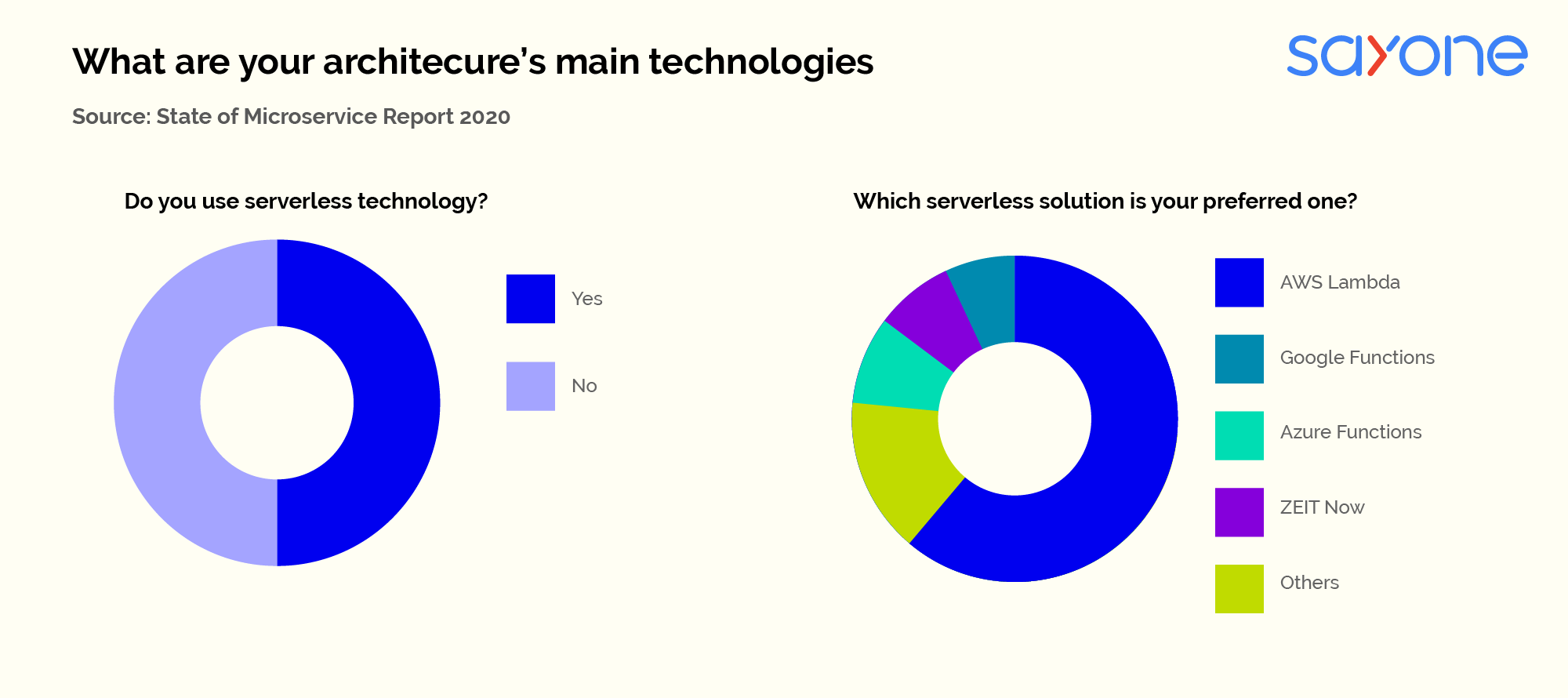 Choose Developers with Soft Skills
Choose Developers with Soft Skills
In addition to technical skills, it is also important that you onboard developers who have strong soft skills. The following skills are recommended:
Read our blog, “Microservices Architecture: 5 things it is not”
When building teams for microservices, clearly understanding the process or moving from a monolithic application to microservices is a must.
The first stage is the ‘decomposition’ of the existing monolithic application. The existing system is broken into parts or modules. At this stage, checking for code duplication is a must. This is to make the code more stable and compact. The connections are left intact at this stage.
Read our blog "How to find the best microservices development company"
The next stage is'decoupling ', when the connections are severed. This is when the existing monolithic application is turned into independent microservices. This makes many activities, such as replacement and maintenance of the separated parts, an easy affair.
The developers’ roles and responsibilities are quite similar to those in a regular software development team, but also slightly different.
A software architect designs the microservices application. The decomposition and decoupling are done by the software architect, and they should also be capable of understanding the specifics of a business application clearly. Additional responsibilities include:
Want to port your existing system into a microservices architecture?
Download our eBook for a comprehensive idea of the merits of microservices systems.
Furthermore, the software architect sets up a roadmap for the project, has a keen idea about the business logic, and answers all the questions that come in.
The product team typically consists of the product owner, business analysts, and product managers. All of them work towards turning the business needs into technical requirements for the project. In addition to communicating all the project and business needs to the technical teams, they are also in charge of controlling the budget of the project.
Development teams are different for different services. They are usually small, with 5 to 9 members, and work independently. With smaller services, their performance is like to be better.
Read our blog, “Microservices and DevOps together – What are the benefits?”
For institutions that follow agile methods, the team would also consist of a scrum master, QA specialists, and developers.
A DevOps expert is likely part of the team. The number of experts depends on the size of the project. For large projects, a large team of infrastructure experts is required (say, ERP projects). They take care of CI/CD and the costs of the environmental setups.
A DBA may be required depending on your project and the data stores that are required for each of the services.
When outsourcing the project to a microservices development company, it is important to hire a team that best fits your business requirements. Hiring a dedicated team makes perfect sense for a long-term project. This will enable you to have complete control over the team, the costs, and the output.
As a premier application development company in the USA, we offer bespoke solutions to customers across the world. Developers at SayOne are trained to help you migrate to a microservices architecture reliably and make your transition to the cloud with minimum disruption to your existing systems. We can also build robust new services as per your business requirements.
We have strong expertise in migration to the cloud and DevOps operations. We can build both cloud-native and cloud-agnostic solutions as per your requirements. We follow all international regulations as far as data security is concerned.
As far as experience is concerned, our developer teams have already helped many organizations, from start-ups to large corporations, to transition their architecture into microservices. We offer flexible hiring systems for our clients depending on their business requirements.
We believe in long-term stable relationships with our strategic partners. If you want to migrate to microservices, call us today!

We're committed to your privacy. SayOne uses the information you provide to us to contact you about our relevant content, products, and services. check out our privacy policy.

About Author
Head of AI-Retail @ SayOne Technologies|Project Manager | Product Owner - CSPO®| Lead Business Analyst

We collaborate with visionary leaders on projects that focus on quality